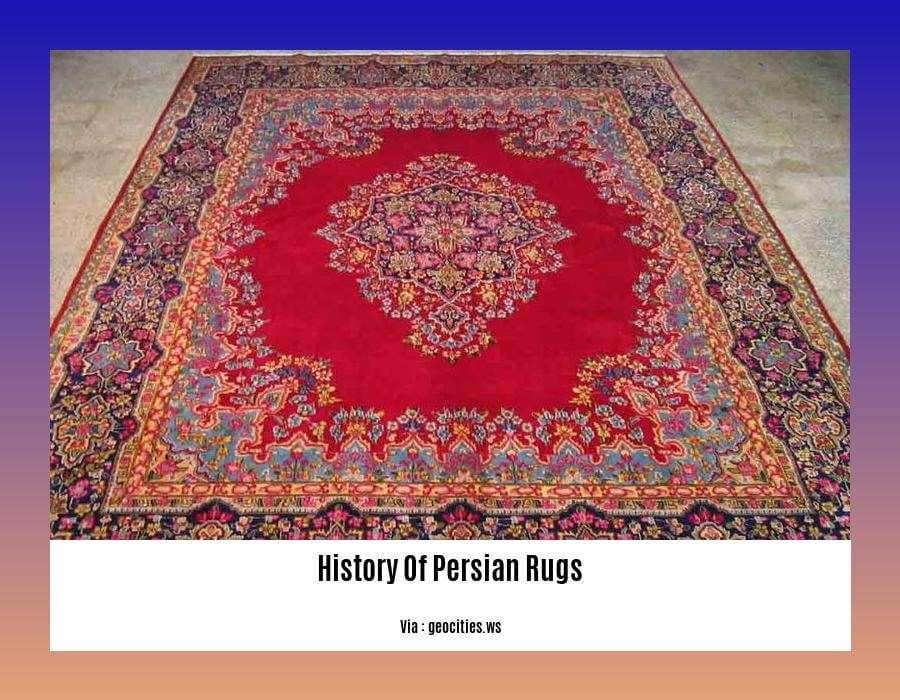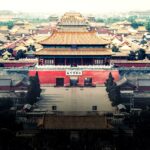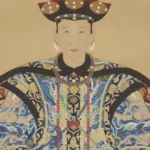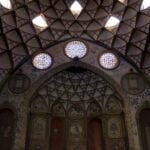Prepare to delve into [The Enduring Legacy: A History of Persian Rugs], an enthralling journey through time to explore the captivating history and profound cultural significance of these exquisite masterpieces. From the early roots of rug-making in ancient Persia to the flourishing of art under the Safavid Dynasty, and the remarkable revival in the modern era, this article unveils the timeless allure and enduring impact of Persian rugs on global art and culture.
Key Takeaways:
- Persian rugs have a rich history dating back about 2,500 years.
- Originally, these rugs were used by Persian nomads as a way to protect themselves from cold and damp floors and each tribe created its unique style.
- They evolved into elaborate artworks with intricate designs and motifs.
History of Persian Rugs
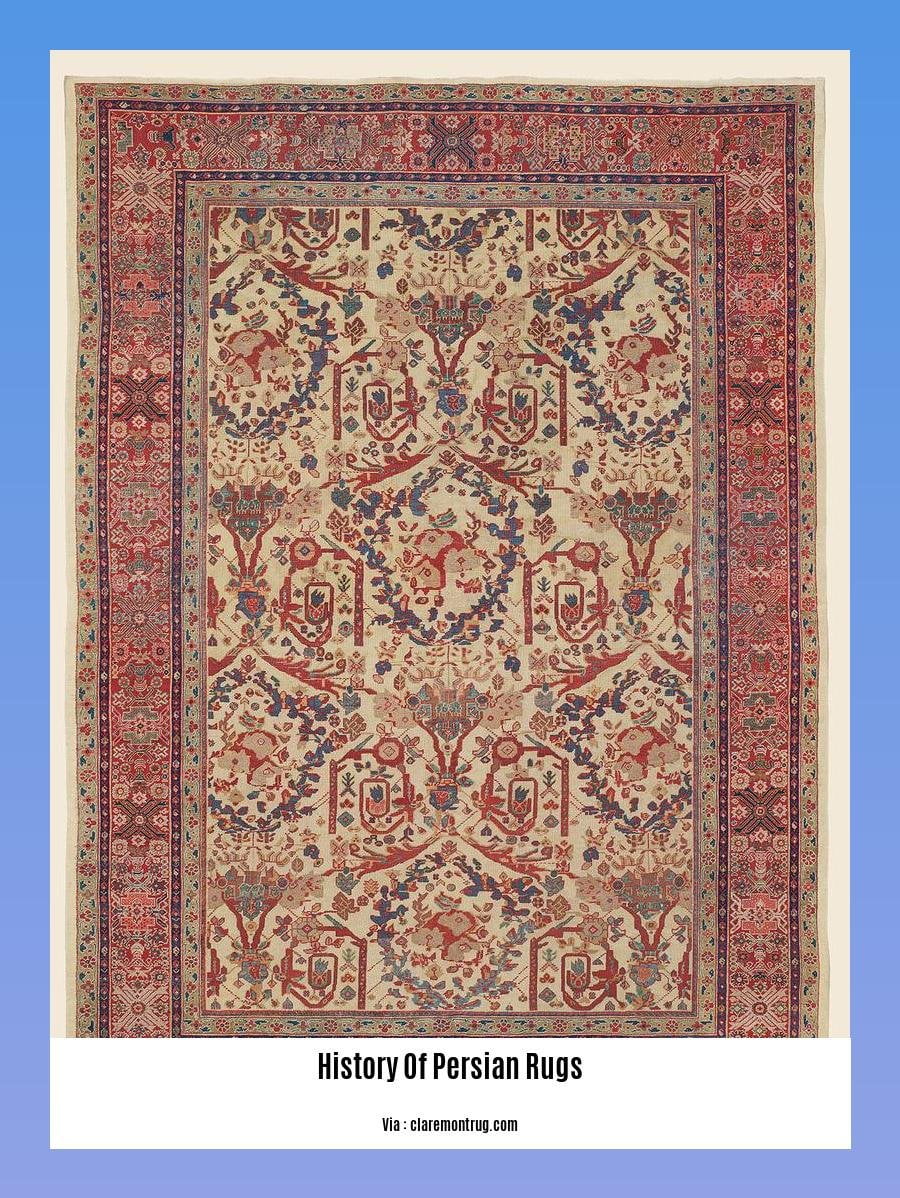
The history of Persian rugs is an intricate tale that spans across centuries, weaving together cultural heritage, craftsmanship, and artistic expression. These exquisite handmade rugs, often referred to as Iranian rugs, have captivated hearts and adorned homes for millennia, leaving an indelible mark on the world of interior design and artistry. Their allure lies not only in their vibrant hues and intricate designs but also in the stories they hold within their tightly knotted threads.
The Genesis of Persian Rugs:
The journey of Persian rugs began approximately 2,500 years ago, when nomadic tribes in the Persian region crafted them as a practical necessity. These early rugs served as floor coverings, providing warmth and protection against the cold and damp floors of their tents. Each tribe expressed its unique identity through distinct patterns, colors, and motifs, laying the foundation for the diverse styles that would emerge later.
Evolution into Works of Art:
Over time, the humble beginnings of Persian rugs transformed into a refined art form. As the tribes settled into villages and towns, rug making evolved into a specialized craft, passed down from generation to generation. Weavers began to incorporate more elaborate designs, drawing inspiration from nature, poetry, and mythology. The rugs became a reflection of Persian culture and identity, showcasing the creativity and technical prowess of its artisans.
The Golden Age of Persian Rugs:
The 16th and 17th centuries marked the golden age of Persian rugs, a period of unparalleled artistic achievement. The Safavid dynasty, which ruled over Persia during this time, played a significant role in promoting and patronizing the rug-making industry. Under their patronage, workshops flourished, and weavers created masterpieces that astounded the world with their intricate designs, vibrant colors, and exceptional quality. These rugs became highly sought after by royalty and wealthy collectors, and their fame spread far beyond the borders of Persia.
Symbolism and Cultural Significance:
Persian rugs are not merely decorative pieces; they are imbued with deep symbolism and cultural significance. Each design element, from the colors to the patterns, carries a specific meaning. For example, the “boteh” motif, often depicted as a paisley-shaped teardrop, symbolizes fertility and life. The “mina khani” design, featuring intricate floral patterns, represents the beauty of nature. These symbolic elements not only enhance the aesthetic appeal of the rugs but also connect them to the rich cultural heritage of Persia.
The Contemporary Revival:
In recent decades, there has been a resurgence of interest in Persian rugs. This revival is driven by a growing appreciation for traditional craftsmanship, sustainability, and cultural heritage. Contemporary designers are incorporating Persian motifs and techniques into modern interiors, creating a harmonious blend of old and new. This renewed interest has helped to ensure that the history of Persian rugs continues to be celebrated and preserved for generations to come.
Curious about the fascinating journey of photocopiers? Dive deep into the history of photocopiers and witness the evolution of an invention that revolutionized the way we capture, share, and reproduce information.
Safavid Dynasty and the Golden Age of Persian Rugs
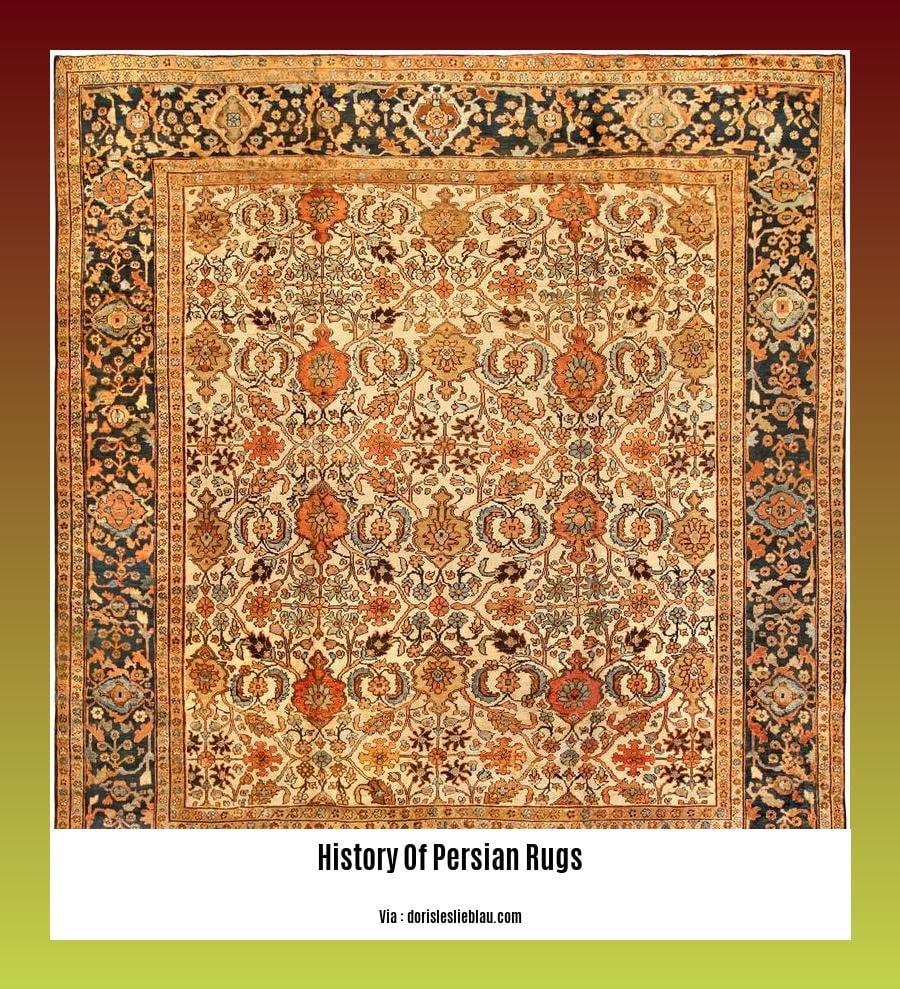
During the Safavid Dynasty, a remarkable era unfolded in the history of Persian rugs, often referred to as the “Golden Age.” This period witnessed an unprecedented flourishing of art, culture, and craftsmanship, and Persian rugs emerged as exquisite masterpieces that continue to captivate the world.
Key Takeaways:
- The Safavid era spanned from 1501 to 1732, establishing a pivotal chapter in Persian history.
- Shah Abbas the Great (1588-1629), a prominent ruler of the Safavid dynasty, actively supported and patronized the production of rugs, recognizing their cultural significance.
- Persian art, poetry, and culture thrived during this period, fostering an environment conducive to the creation of exceptional rugs.
- The Safavids established specialized workshops and encouraged skilled artisans to create exquisite rugs for the royal court and esteemed foreign dignitaries.
- Safavid rug designs drew inspiration from traditional Persian motifs, incorporating intricate patterns, vibrant colors, and fine craftsmanship.
- The use of luxurious materials such as silk and wool, combined with elaborate motifs of flowers, animals, and geometric designs, elevated the status of Safavid rugs.
- Safavid rugs gained immense popularity, becoming highly sought-after luxury items and garnering international recognition through export to various parts of the world.
- The enduring legacy of Safavid rugs continues to influence contemporary Persian rug-making, with designers and artisans drawing inspiration from the aesthetics and techniques of the era.
The Safavid Dynasty played a pivotal role in elevating the art of Persian rug-making to unprecedented heights, establishing a golden age that left an enduring mark on the world of art and culture.
Modern Era: Rug-Making in the 20th and 21st Centuries
Persian rugs, renowned for their intricate designs, rich colors, and cultural significance, have undergone a remarkable journey in the 20th and 21st centuries. Let’s delve into this fascinating era of rug-making:
Evolving Trends and Influences:
European Influence: The 20th century witnessed a cross-pollination of ideas as European art movements, such as Art Nouveau and Art Deco, left their imprint on Persian rug designs. This infusion of fresh motifs and color palettes brought a new dimension to the traditional craft.
Machine-Made Rugs: The advent of machine-made rugs in the late 19th century posed a challenge to the traditional hand-woven Persian rug industry. While machine-made rugs offered affordability and accessibility, handmade rugs retained their status as unique works of art, cherished for their artistry and craftsmanship.
Preservation and Revival:
Cultural Revival: The 20th and 21st centuries saw a resurgence of interest in preserving and promoting the rich cultural heritage associated with Persian rugs. This revival aimed to safeguard traditional designs, techniques, and the unique identity of each rug-making region.
Government Support: Governments in Iran and other rug-producing countries played a crucial role in supporting the industry. They established initiatives to provide training, resources, and financial assistance to weavers, ensuring the continuation of this ancient craft.
Contemporary Interpretations:
Modern Designs: Contemporary designers have embraced Persian rug-making traditions while pushing the boundaries of creativity. They experiment with traditional motifs, incorporating modern elements and unconventional materials, resulting in innovative and visually striking designs.
Global Appeal: Persian rugs have gained worldwide recognition and popularity, transcending cultural and geographical boundaries. Their unique blend of traditional artistry and contemporary influences has made them prized possessions for collectors, interior designers, and art enthusiasts worldwide.
Key Takeaways:
- Influence of European art movements: Persian rug designs were influenced by European art movements, leading to new motifs and color palettes.
- Machine-made rugs: The advent of machine-made rugs posed a challenge to the traditional hand-woven Persian rug industry, but handmade rugs retained their value and prestige.
- Cultural revival: The 20th and 21st centuries witnessed a revival of interest in traditional Persian rug designs, with a focus on preserving and promoting their cultural heritage.
- Contemporary designs: Modern designers have experimented with traditional Persian rug motifs, creating innovative and modern interpretations that cater to diverse tastes and styles.
- Global popularity: Persian rugs have gained worldwide recognition and popularity due to their intricate designs, rich colors, and cultural significance.
Sources:
- The Complete History and Timeline of Persian Rugs | Nazmiyal Rugs
- History of Persian Rugs: Complete Guide | Catalina Rug
FAQ
Q1: What factors contributed to the flourishing of Persian rug-making during the Safavid dynasty?
Q2: How did the Safavids promote and support the production of exquisite rugs?
Q3: How did the designs of Safavid rugs incorporate traditional Persian motifs and foreign influences?
Q4: In the 20th century, how did European art movements influence Persian rug designs?
Q5: How did the advent of machine-made rugs impact the traditional hand-woven Persian rug industry?
- China II Review: Delicious Food & Speedy Service - April 17, 2025
- Understand Virginia’s Flag: History & Debate - April 17, 2025
- Explore Long Island’s Map: Unique Regions & Insights - April 17, 2025
